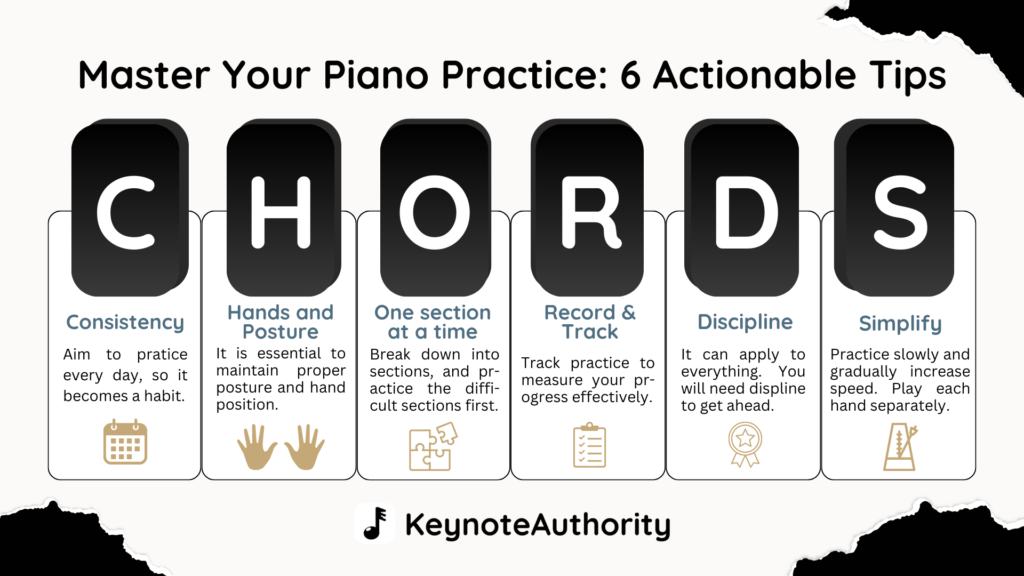
As one of the world’s 40 million+ pianists, you may be missing one crucial element in your practice routine: an effective strategy. That’s where the new C.H.O.R.D.S. acronym comes in—it’s a simple yet powerful tool every pianist should have in their practice toolkit.
After hours of research, I realized that nearly all the advice available online can be distilled into this straightforward approach. The C.H.O.R.D.S. method covers all the key principles you need to make the most of your practice time.
I hope you enjoy reading this post and, more importantly, start applying these tips today to see the difference in your playing!
C = Consistency: Aim to Practice Every Day

Do you want to improve at the piano? Be consistent.
Think of it like building a muscle—you don’t become a champion bodybuilder by hitting the gym for an hour once a week. The same goes for piano: practicing every day, even just for 20 minutes, is far more effective than cramming in an hour-long session once in a while.
Don’t Panic If You Skip a Day
Here’s the thing: it’s not about perfection, it’s about progress.
Life gets busy, and some days you may not feel like sitting down at the piano. And that’s totally okay! Skipping one day won’t derail your progress, but skipping many days in a row can make it harder to stay motivated. So, the goal isn’t to be perfect, it’s to develop a habit.
Beginners Mistake: Practising When You Feel Like It
For example, I used to practice only when I had time or when I felt like it. I thought practicing every other day would be enough, but it often ended up being more of a challenge than I anticipated.
Then I decided to download a habit-tracking app and set the goal to practice every day; and that’s when everything changed! By committing to daily practice, I no longer had to ask myself, “Is today the day to practice?” It became part of my routine, and suddenly, the decision was made for me.
That one small change made all the difference!
Make It a Habit
Try to treat your practice session like brushing your teeth—something you just do because it’s part of your routine.
When you make it a daily habit, you’ll find that even short, consistent sessions add up over time. In fact, those 20 minutes a day are much more valuable than a big, rushed session once in a while.
Plus, you’ll notice your playing improving bit by bit, and that’s incredibly rewarding—more so than brushing your teeth 😁.
Keep It Simple
Consistency doesn’t mean you have to practice for hours on end. The secret is in showing up every day, no matter how small the session. Little by little, these daily habits will lead to big improvements.
So, keep it simple: practice every day, even if it’s just for a short while. It’s a small step every day that gets you closer to your musical goals!
H = Hands & Posture: Maintain Proper Posture and Hand Position
You might not have realized it, but your posture and hand position are a very important aspect of your success as a pianist.
Neglecting them can lead to discomfort, slower progress, and even long-term injury (hopefully quite rare!).
View your body as the foundation of a building: if the base isn’t strong and stable, everything on top will struggle to stand tall. The same applies for your playing!
Posture: Stand (or Sit) Tall Like a Tree

First, let’s talk about posture. It might sound simple, but keeping your back straight and your shoulders relaxed is so important.
Imagine you’re sitting tall, like a big tree with roots grounding you to the earth. You don’t want to slouch or hunch over, as that can strain your back and limit your movement.
Sit up straight with your feet flat on the floor, and make sure your bench height is just right so your elbows are level with the keys. This helps you maintain balance and freedom of movement as you play, so you won’t feel stiff or fatigued.
Hands: Relaxed But Steady
Now, onto your hands. It’s easy to forget about hand position when you’re focused on the music, but bad hand posture can actually slow you down.
You want your hands to be relaxed but in the right position. Try and shape them into a gentle curve, like you’re holding a small ball or an imaginary cup. Your fingers should feel light, almost as if you’re floating over the keys.
Tension is your enemy here! If your hands are stiff, not only will your playing sound rigid, but you’ll also wear yourself out faster.
Don’t Neglect It

I insist on this as it is something I have struggled quite a bit with and see others neglecting it too…
Remember, you’re in control of your body, so make sure it’s set up for success! Relaxed hands, a straight back, and good posture will give you the freedom and energy you need to play your best.
If you are disciplined and remember this, though it might seem small, it will make a huge difference in the long run.
O = One Section at a Time
When you sit down to practice, it’s easy to want to play through the entire piece from start to finish; I often find myself doing this by mistake.
But here’s the thing: if you play the whole song over and over, you’re only reinforcing the parts you’re already good at. It’s like doing pull-ups with perfect form—great for your arms, but not going to help your legs much!
Tackle The Challenging Passages First
Instead, break the piece into smaller, more manageable sections.
Focus on one part at a time and give it the attention it deserves. Maybe it’s a tricky measure or a challenging passage in the middle; whatever it is, tackle that section first.
You’ll be amazed at how much faster you progress when you concentrate on the tough spots rather than trying to play everything all at once.
Piece Together The Puzzle
When you master one section, move on to the next.
It’s like piecing together a puzzle: each little part fits into the bigger picture; but don’t forget, practicing the hard sections first is key. They’re the ones that need the most love and attention, and by prioritizing them, you’ll make the whole piece feel much easier.
Reward Yourself
Remember: slow and steady wins the race, and breaking it down makes everything feel more doable!
And once you’ve thoroughly practised and learnt the difficult sections, you can reward yourself by playing the whole song, from A-Z!
R = Record and Track
Continuing with the fitness metaphore, if you want to improve at the piano, you need a plan.
And more importantly, you need to track your progress.
Imagine trying to grow muscle without tracking your reps, sets, or progress. It would be pretty hard to know if you’re getting stronger, right (and you would probably not be getting stronger anyway).
The same goes for piano practice. Without a “scientific” plan in place, it’s harder to see growth and stay motivated.
Use a Notebook or an App To Measure Progress
Luckily, by experience, it is much easier to make progress in piano than to lose weight or gain muscle! But you do need to be organized.
One of the best ways to do this is by recording and tracking your practice sessions. Whether you use paper, a notebook, or an app (I’ve been using Instrumentive, and it’s fantastic!), tracking helps you stay accountable. You can write down how much time you spend on each song, how much time you’ve spent in total, and what you’ve worked on during each session.
Set Goals And Be Consistent
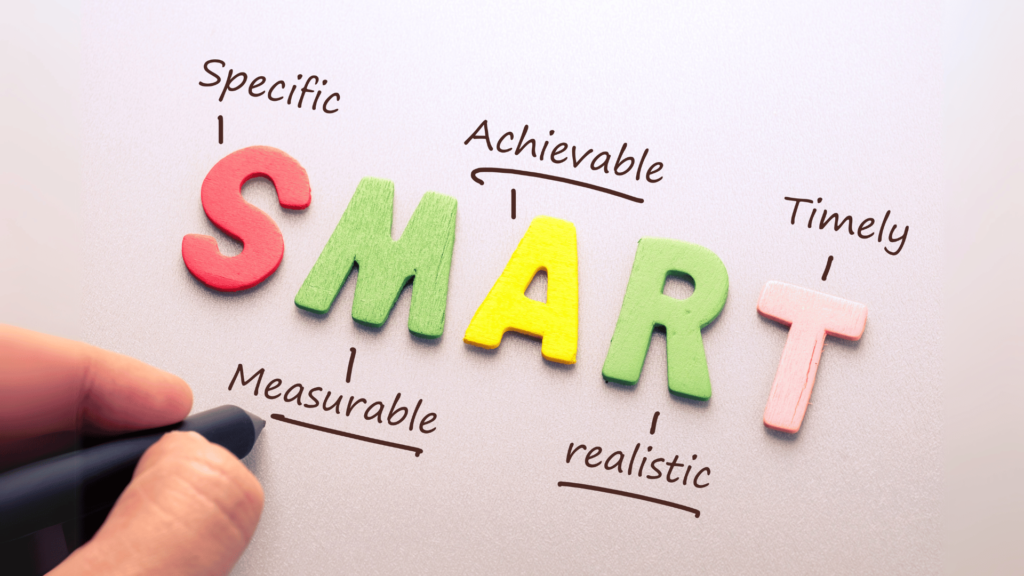
Tracking also ties back to the first part of the C.H.O.R.D.S. acronym: consistency. It allows you to give yourself a goal to aim for each week.
You can set a target, like practicing 30 minutes a day, and easily check if you’ve hit that goal. Plus, seeing your progress will motivate you to keep going. You’ll notice trends, like how long it takes to master certain songs, and where you might need to adjust your focus.
Trust me, staying organized and tracking your time is a game-changer for piano progress, and you will see results very soon!
D = Discipline
Discipline is one of the most powerful weapons you have available for your piano practice, and it applies to pretty much everything.
Whether you’re working on consistency, correcting mistakes, or pushing through even when you don’t feel like it, discipline is the secret to moving forward.
Don’t Ignore Your Mistakes
One of the most important aspects of discipline in piano is not ignoring your mistakes.
I learned this the hard way. In the past, I would practice pieces over and over, but whenever I made a mistake, I would just keep playing, hoping it would fix itself. Unfortunately, what ended up happening is that I got used to playing those mistakes, and now, I have a collection of songs that I can’t play properly because I ingrained those errors into my muscle memory.
Instead, Correct Them Immediately
The longer you leave mistakes unchecked, the harder it becomes to unlearn them.
It’s like trying to unlearn a bad habit; difficult, but definitely not impossible. So, the best thing to do is to correct mistakes immediately.
When you spot a mistake, stop and fix it.
If you play it wrong twice, an alarm should ring in your mind; you have one chance left before you have played it wrong 3 times!
Take your time, slow it down, and make sure you’re playing it correctly before moving on. This might feel like a pause in the moment, but trust me, it’s far more efficient in the long run.
Whether You’re Motivated or Not, Keep Going
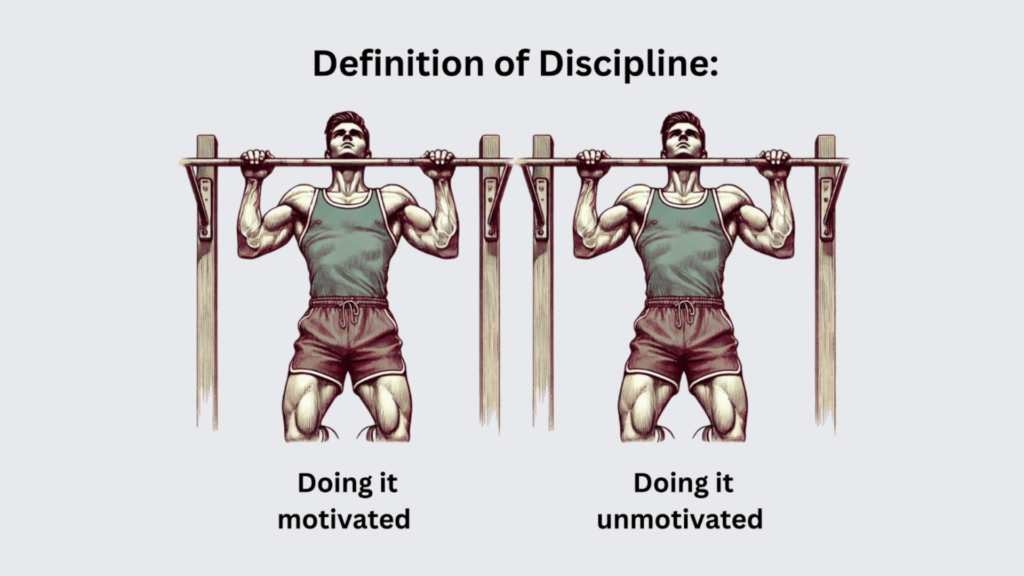
Again, discipline also links directly with consistency. Sometimes, you won’t feel motivated to practice, but that’s when discipline kicks in.
It’s about pushing through and making sure you practice whether you’re feeling inspired or not. The more you build that discipline, the more progress you’ll see; and that’s because consistency and correcting mistakes go hand in hand.
Stick with it, believe in yourself, and your efforts will pay off!
S = Simplify: Play Slowly, Separately
And last but not least (this one is huge!), and probably one of the most important tips I can give you: slow down and simplify.
I know, I know, we all want to play fast and sound impressive, but trust me, playing slowly is the key to really mastering a piece.
I’ve been guilty of this myself (and still am sometimes!)—I often rush through pieces, eager to get to the fun, fast parts. But guess what? That’s when I make the most mistakes. It’s tempting to speed up, but slowing down and really focusing on the details will make all the difference.
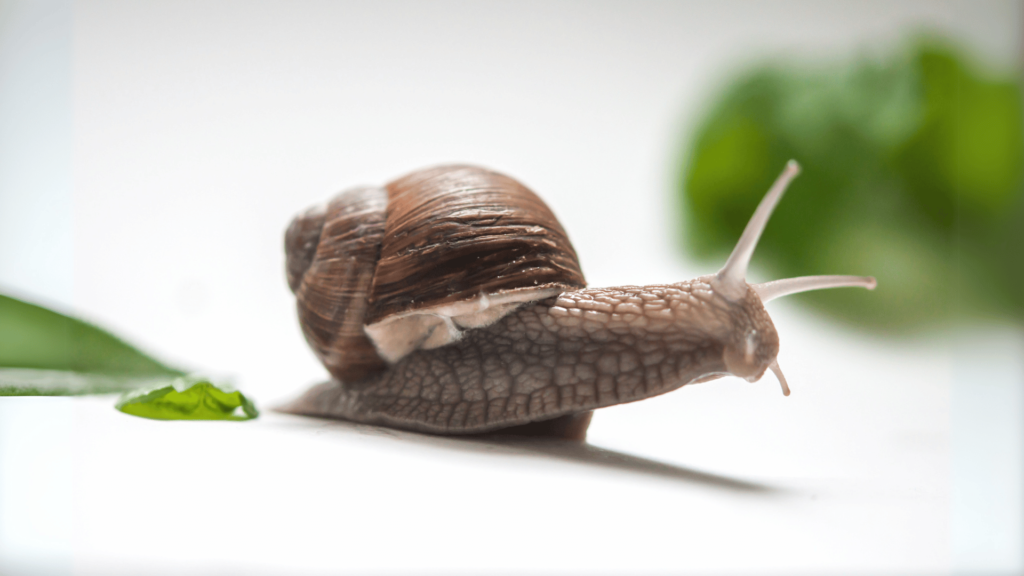
Don’t Overload Your Brain
When you play slowly, you’re allowing your fingers to learn the correct movements, and your brain gets the chance to really absorb the music; you can even hear your brain saying ‘thankyou’ sometimes!
Playing at a comfortable, slow tempo allows you to notice the small things: the finger positions, the dynamics, the phrasing—all of which are crucial for mastering a piece. And when you feel comfortable at a slow speed, then you can gradually speed up. It’s like building a solid foundation before adding the rest of the house.
Practice Each Hand Separately
And playing hands separately is another part of the simplifying process.
This is something I’ve struggled with too—wanting to jump right into playing with both hands together before mastering each part.
But here’s the thing: your left and right hands are doing different things, and they need their own time to shine. Practice each hand separately, really nailing down the notes and fingering for each before combining them.
Play Smarter, Not Harder
Once you’ve mastered each hand, bringing them together will feel much smoother, and the mistakes you’ve made will be fewer.
So, slow down, take your time, and break it down. Trust me, it works! You’ll be amazed at how much faster you progress when you let yourself practice the right way, slowly but surely.
The C.H.O.R.D.S. method is more than just a collection of practice tips. See it as a mindset that can help you take your piano playing to new heights! Whether you’re aiming for consistency, refining your posture, or embracing discipline, these principles will guide you to more effective and fulfilling practice sessions.
And now it’s your turn! What’s your favorite practice strategy? Had you already used any of the C.H.O.R.D.S. tips, or do you have your own methods that work wonders? Share your thoughts in the comments below—I’d love to hear from you!
And don’t forget, you’re not on this journey alone. Join our forum to connect with fellow pianists, exchange ideas, and support each other as we all work to improve our playing. Let’s make music together! 🎹

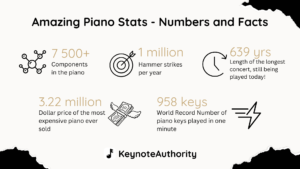
![Read more about the article 20 Unique Types of Pianos Explained [With Pictures]](https://keynoteauthority.com/storage/2025/02/Types-of-Pianos-300x169.png)